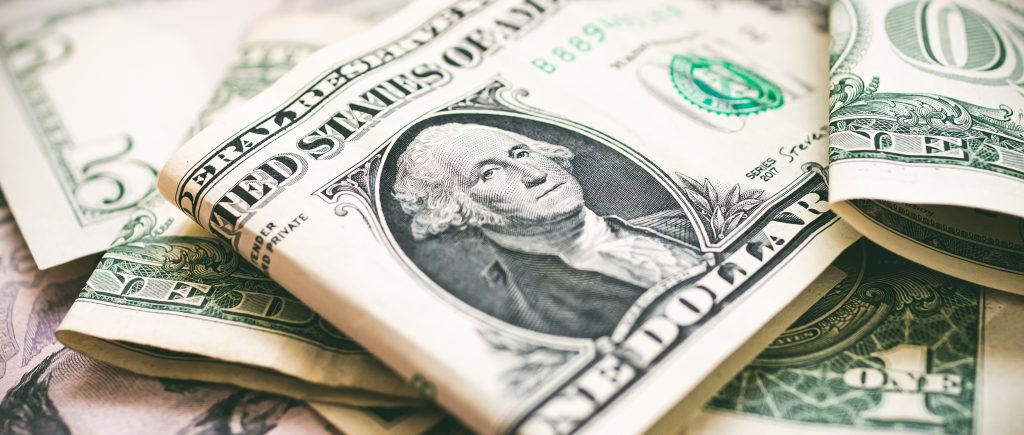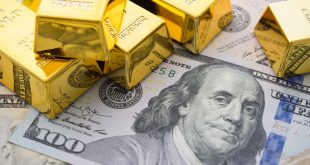The dollar surged to a five-month peak against major currencies on Tuesday, driven by stronger-than-anticipated U.S. retail sales figures, igniting concerns over potential intervention from Tokyo as the yen dwindled to its lowest level since 1990.
Despite China’s first-quarter GDP data surpassing expectations, the Chinese yuan slightly declined, reflecting ongoing worries amidst a prolonged property crisis.
Recent U.S. retail data revealed a 0.7% increase last month, surpassing economists’ forecasts of 0.3%. February’s figures were also revised upwards, showing a 0.9% rebound, the most significant surge in over a year, contrasting with the initially reported 0.6%.
This latest data has fueled speculation on when the Federal Reserve might initiate interest rate cuts, particularly following robust employment gains in March and a rise in consumer inflation.
Market indicators now suggest a 41% probability of a Fed rate cut in July, down from around 50% prior to the data release, according to the CME FedWatch tool. The likelihood of the first cut occurring in September has also increased to nearly 46%.
Matt Simpson, senior market analyst at City Index, expressed skepticism about a July rate cut, given the current data consensus.
San Francisco Federal Reserve Bank President Mary Daly echoed this sentiment, stating on Monday that there’s “no urgency” to adjust U.S. interest rates.
On Tuesday, the U.S. dollar index reached 106.39, its highest level since November 2nd.
As the dollar strengthens, the yen weakened to 154 per dollar, its lowest in 34 years, prompting concerns of potential yen-buying intervention by Japanese authorities. With hedge funds holding their largest anti-yen positions in 17 years, a yen rebound could trigger a significant market rally.
Japanese Finance Minister Shunichi Suzuki stated he is closely monitoring currency movements and stands ready to respond as necessary.
The yuan depreciated to 7.2422 per dollar, its lowest since November, before recovering slightly following China’s better-than-expected 5.3% year-on-year first-quarter GDP growth. However, disappointing retail sales figures signal concerns over consumer confidence and the economy’s uneven recovery.
The euro struggled at $1.060625, its weakest level since November 2nd, while the Australian dollar and the kiwi both declined to their lowest points since November 14th and reached a five-month low of $0.58735, respectively.
 Noor Trends News, Technical Analysis, Educational Tools and Recommendations
Noor Trends News, Technical Analysis, Educational Tools and Recommendations





